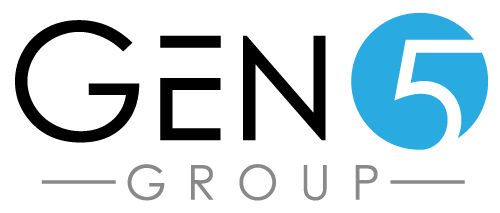Tips for Technology Scouting Programs

In a world of seemingly infinite knowledge, technology scouting holds great promise for companies looking to discover and unlock new sources of economic value. Innovation programs depend on scouting efforts to find enabling technologies that are actionable and pragmatic. Yet, too often, tech scouting produces a lot of information, but no clear path for moving forward. Low internal adoption rates may result from:
- Too many choices and an inability to sort through mountains of information
- A disconnect between the surfaced technologies and the problems that need to be solved
- A mismatch between existing in-house capabilities and the resources needed to adopt and develop selected new technologies
- Longer development time horizons that do not meet a need for near-term solutions
- An inability to secure business commitment because of unclear (or weak) alignment with market needs.
- These factors often present significant barriers to effective technology scouting programs.
Avoiding Traps
Three common traps that hinder technology scouting efforts:
Imprecise Problem Framing. A poorly framed problem can diminish results, before the search is even underway. In short, you cannot find what you are looking for if you don’t know where to look. The most effect problem statements have a clear line of sight to market needs and reflect deeply rooted problems that hinder current system performance. These deeply rooted problems become the guideposts for effective external search. Their absence can lead to misguided efforts.
Unrealistic Expectations. Searching for “plug ‘n play” solutions, which in many cases do not exist, can lead to disappointing results. A pragmatic understanding of the adaptation requirements and associated time horizons is essential for effective scouting. In addition, sometimes companies define search outcomes in terms of potential development partners. Instead, the identification of partners should more logically come toward the end of a scouting program, once candidate technologies have been selected. Only then will it be clear as to what type of partners to search for (academic research, equipment companies, materials providers, SME’s, CRO’s, etc).
Inability to Interpret Results. Too much information and not enough insight leaves companies stuck on where to go next. It is essential to develop evaluation criteria that are linked both to performance parameters and the adaptation requirements needed for adoption. Technologies cannot be considered in isolation. This requires a realistic (and creative) view of how the technology will manifest in a product and the problems that must be overcome to adopt it into the target system.
Gen5 adheres to three guiding principles to help clients avoid the traps that can derail effective technology scouting efforts.
- Function is our purpose, technology is a means to an end
Problem reframing is essential to effective technology scouting. Any technology search begins with an articulation of the parameters (MPV’s*) that define how value is created in a market. These parameters are translated into their functional underpinnings, which become the guideposts for external search. This functional lens ensures both depth (uncovering multiple avenues for attacking the target performance improvement) and breadth (exploring non-obvious domains for applicable technologies). By reframing the problem, Gen5 ensures a more effective and efficient search process to meet client needs.
- Technology search must be comprehensive, forward looking, and multidimensional
By comprehensive we mean that search should explore both commercially available solutions as well as those still in research. By forward looking, we consider not only what exists and what is needed today, but we also anticipate how systems (requirements) and technologies (enablers) will evolve in the future. By multidimensional, we acknowledge that in many cases no individual technology will meet all criteria and hybrid solutions (combinations of technologies) may be needed.
- Understanding adoption requirements is vital to practical outcomes
Arriving on a list of technologies alone is not a sufficient outcome for a technology scouting effort. Candidate technologies must be assessed in terms of both performance capacity (“how well will this technology meet my goals?”) and cost of adopting the technology into our system (“what headaches will I incur by implementing this technology?”). By stratifying solutions (individual technologies, as well as hybrid solutions) along these two dimensions, we can more clearly see cost-benefit tradeoffs and will be better positioned to make informed investment decisions.





